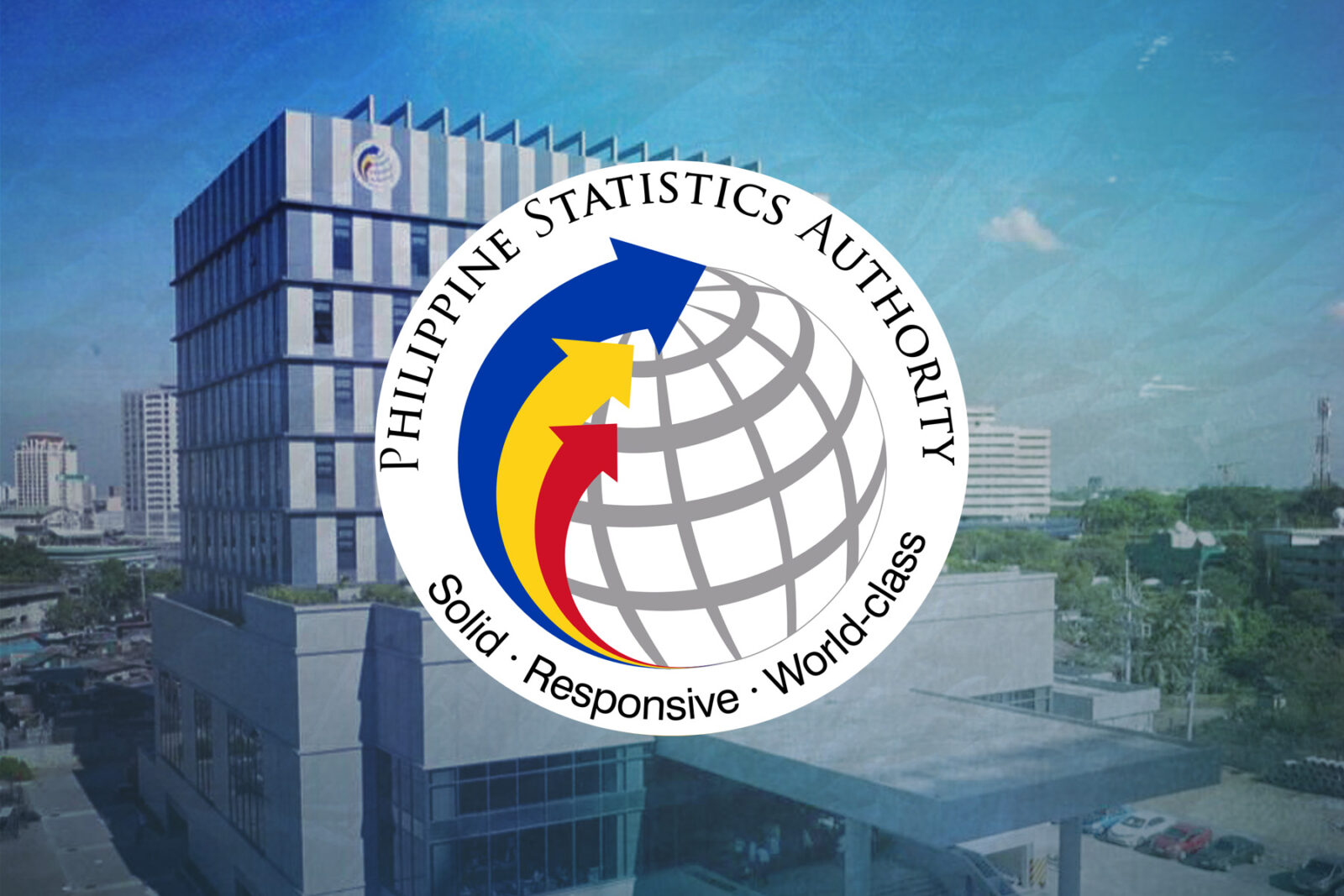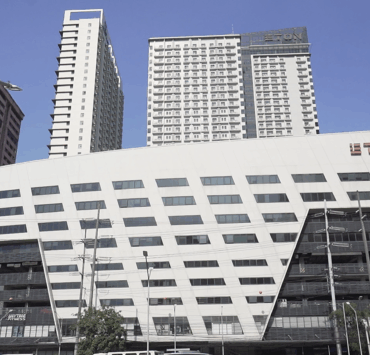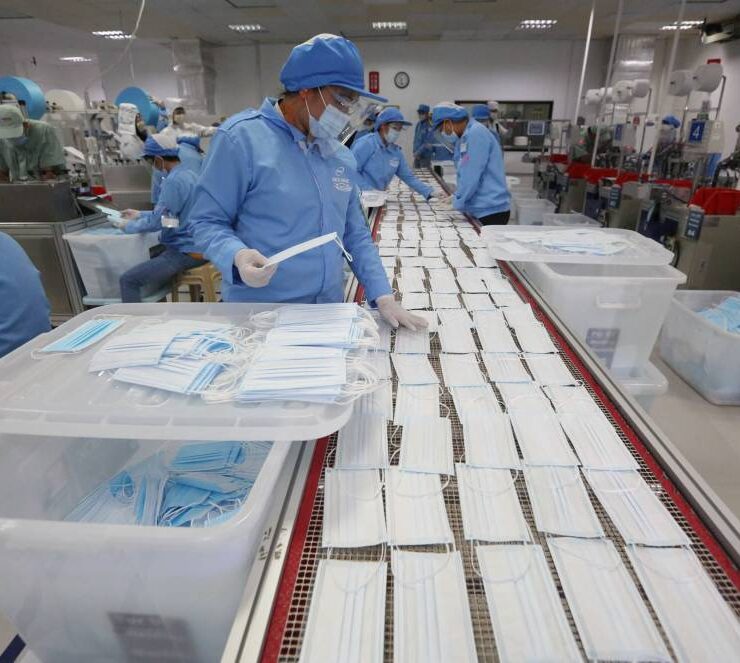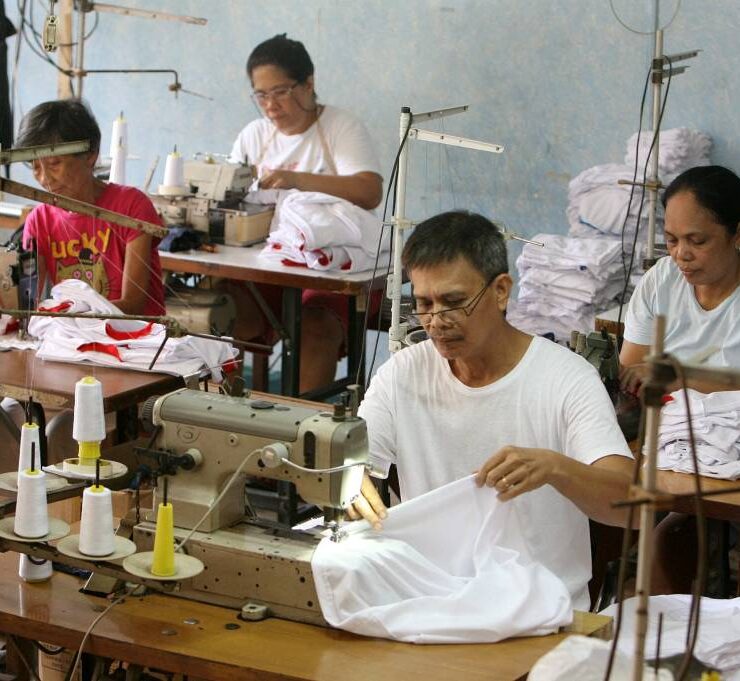Factory gate prices continue uptrend

Factory gate prices rose for the second straight month in September amid a faster increase in prices of manufactured goods, according to the Philippine Statistics Authority (PSA).
The PSA said this was particularly due to a recovery in producer prices of transport equipment.
This is from the latest update on the producer price index (PPI), which measures the changes in the producer price of key commodities produced by 22 industries of the Philippine manufacturing sector.
PSA data show that the year-on-year change in the index was pegged at 1 percent in September. Last August, the index recorded a 0.6-percent increase.
Before that, PPI growth was in the negative zone for three months, from May to July.
Over the past year, the change in the PPI bottomed at -1.4 percent in September 2024 and peaked at 1.1 percent last February.
Last September, the prices in the subgroup of transport equipment revved up by 1.6 percent. This was an upturn from a 0.2-percent decrease in August.
“The manufacture of transport equipment contributed 35.6 percent to the uptrend in the annual growth rate of PPI for manufacturing in September 2025,” the PSA said.
“Among the 22 industry divisions for manufacturing, manufacture of transport equipment has the third-highest weight in the computation of PPI,” it added.
Faster increases in prices of computer, electronic and optical products, as well as a slower decline in prices of other nonmetallic mineral products, also contributed to the rise in the PPI.
This comes as the output and job market for the Philippine manufacturing sector showed a decline in September.
Based on a report from S&P Global, the Philippine PMI, or purchasing managers index, read at 49.9 in September from 50.8 in August.
A PMI—which is based on a monthly survey of managers—of above 50 means an overall increase (more positive responses than negative), while less than 50 means an overall decrease (more negative answers than positive).
David Owen, senior economist at S&P Global Market Intelligence, said that the negative Philippine PMI reading at the end of the third quarter—even if it showed only a slight decline, was highly unusual in the sector’s postpandemic history.
“New orders and output decreased slightly, as firms mentioned a fall in client numbers and a modest drop in production from the suspension of rice imports,” Owen said.
“However, with overall sentiment in the year-ahead remaining upbeat in September, and purchasing quantities increasing, manufacturers appear hopeful that the dip in sector performance is temporary,” he added.





















